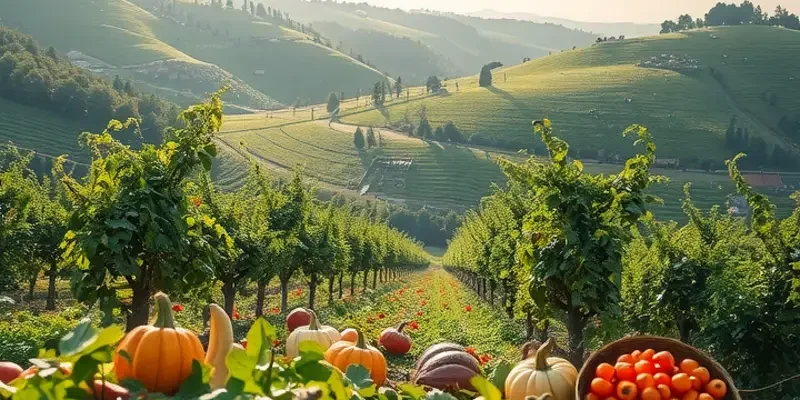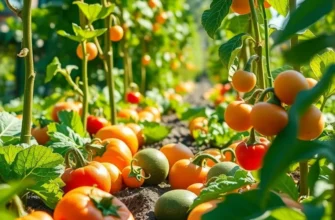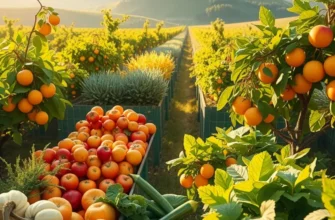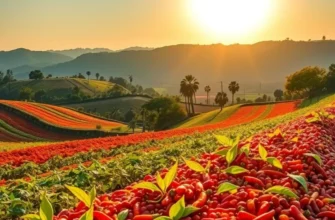Culinary anthropology offers a rich tapestry that intertwines food and cultural identity, revealing how our tables reflect traditions and beliefs. From street cooking in Bangkok to the communal feasts of Italy, the study of global culinary practices unveils the stories behind the ingredients, preparation methods, and dining rituals that define societies. This exploration invites food enthusiasts to understand and appreciate the diverse cuisines that nourish not just our bodies but our cultural narratives.
The Ties That Bind: Food as Culture
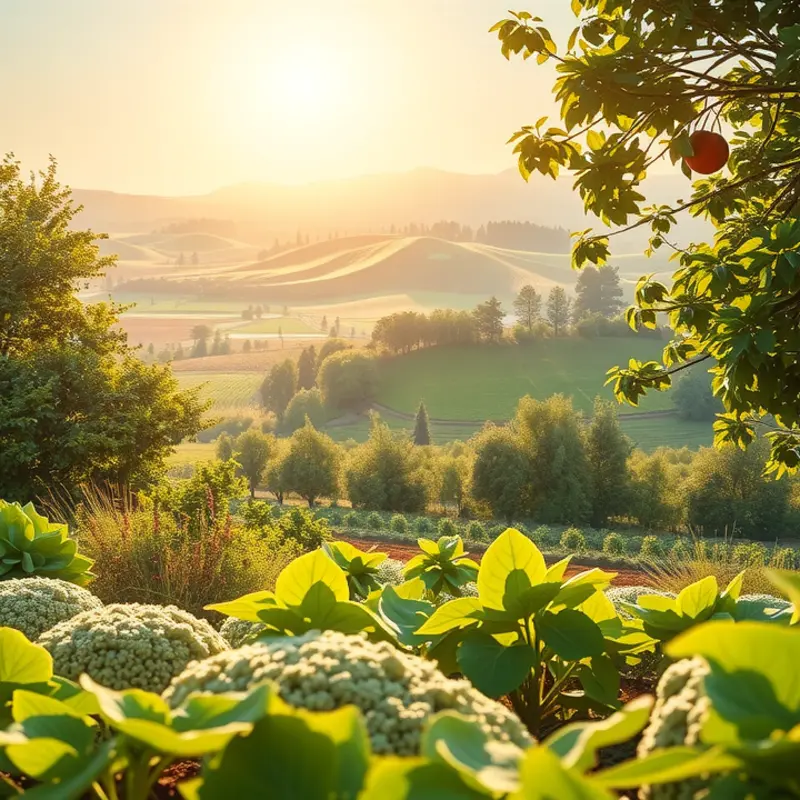
Food serves as a profound cultural connector, weaving intricate webs of identity and shared values within communities. From the comforting recipes of grandmothers to the aromatic spices of street markets, every culinary tradition holds narratives that transcend mere sustenance. These stories, imbued with historical and emotional significance, reveal much about a society’s past and present.
Consider how traditions are passed through generations. Family recipes, often guarded like treasures, carry the essence of ancestral wisdom. These dishes, evolved over time, mirror the resilience and adaptability of communities amid changing landscapes. Each region, each community, curates a unique gastronomic repertoire, serving as a living testament to their history and environment.
Take, for instance, the simple act of preparing bread. In many cultures, bread-making embodies communal practices, bringing families together in shared labor. The choice of grain, method of baking, and specific rituals involved tell a story of geographical influence and cultural exchange, as seen in global pastry traditions explored elsewhere. Across continents, from sourdough in Europe to flatbreads in Africa, these differences highlight the diversity of local ingredients and techniques.
Food also reflects societal norms and communal beliefs. Dietary preferences reveal much about cultural priorities, whether a community values sustainability, spirituality, or status. For some, meals are sacred rituals intertwined with religious practices, while for others, they mark social and political milestones, as seen in festive feasts celebrating historic victories or commitments to sustainability.
Moreover, flavors extend beyond the physical palate, engaging the senses in a broader narrative of migration and fusion. The spice trades, for example, facilitated exchanges that reshaped cuisines worldwide, incorporating new ingredients and methods. This cross-pollination sparked culinary innovation, blending disparate traditions into vibrant new forms.
Yet, the cultural fabric of food isn’t solely interwoven with history and geography. It is also dynamic and responsive, adapting to contemporary challenges. Issues like sustainable eating and reducing food waste prompt a reevaluation of traditional cooking practices, guiding communities toward eco-conscious choices. As seen in discussions on eco-smart kitchen storage, the way we store and manage food also speaks volumes about our evolving cultural values.
In essence, food is much more than nourishment. It is a canvas for storytelling, depicting tales of distant journeys, diverse alliances, and cherished memories. As families continue to gather around tables to share meals, they perpetuate legacies, ensuring that the cultural significance of food remains a vibrant and enduring part of our global tapestry.
Flavors of the World: Cultural Norms and Culinary Practices
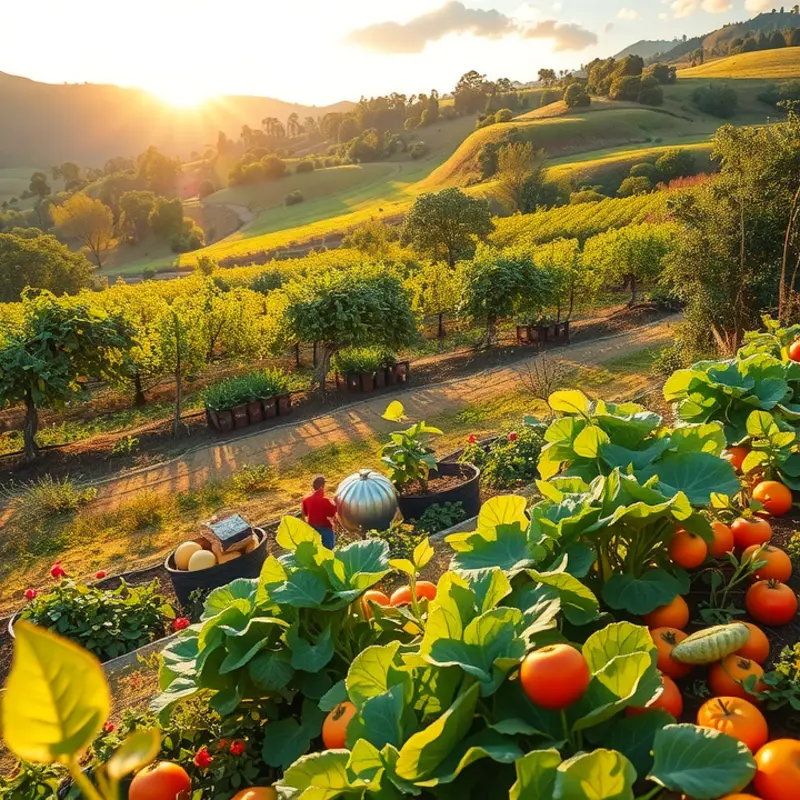
Culinary traditions offer a fascinating glimpse into cultural norms and societal values. They help illustrate how communities around the world craft identities through food. Take, for instance, the Ethiopian tradition of injera sharing. This staple food, a sourdough flatbread, serves as both plate and utensil, fostering a spirit of togetherness. Diners huddle around a shared platter, engaging in a communal dining practice that reinforces social bonds.
In stark contrast, Japan’s kaiseki dinner epitomizes meticulous precision and respect for seasonal ingredients. Rooted in Zen Buddhism, kaiseki is a multi-course meal that highlights the artistic presentation of each dish. Every element on the plate serves a purpose, often resonating with the subtle changes in seasons. This attention to detail underscores a cultural appreciation for harmony and nature’s fleeting beauty.
The impact of geography on cuisine is undeniable. Consider the Mediterranean basin, where the proximity to the sea shapes the local diet. Fresh seafood, olive oil, and an abundance of vegetables contribute to a healthful culinary tradition. In Greece, simple ingredients maximize flavor through techniques like grilling and roasting. Meanwhile, in Italy, pasta and grains form the backbone of regional dishes, often enriched with vibrant tomato-based sauces or creamy risottos.
In contrast, landlocked Central Asian countries utilize their arid landscapes’ offerings to develop robust meat-centric dishes. The traditional Uzbek plov, a pillar of hospitality, combines rice with various spices and meats. It showcases how historical contexts, like the Silk Road, introduced spices and cooking methods that continue to influence the region’s tastes.
Across the globe, ingredients not only define cuisines but adapt through trade and necessity. Mexican cuisine exemplifies this through the fusion of indigenous produce such as corn and beans with colonial influences like beef and cheese. Tacos, originally simple street food, now reflect a myriad of fillings and regional variations.
While these traditions highlight local flavors, the globalization of cuisine encourages experimentation and fusion. Yet, core culinary practices remain a lens to explore deeper, meaningful societal insights. Understanding these aspects can also offer practical benefits, such as discovering low-sodium flavor boosters without salt. Whether sharing a meal or individually delighting in a carefully curated dish, each bite narrates a story of community, history, and geography.
Final words
Understanding culinary anthropology enhances our appreciation for the myriad ways food is interwoven with culture. Each meal reflects histories, values, and community bonds, showcasing the artistry that turns mere ingredients into cultural touchstones. As we delve into the culinary practices of diverse cultures, we not only satiate our appetites but also cultivate an awareness of the rich stories behind global cuisines. Ultimately, this journey through food is about more than taste—it’s about the connections and experiences that unite us all across the world.

